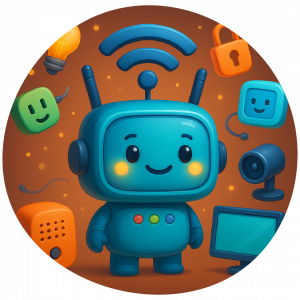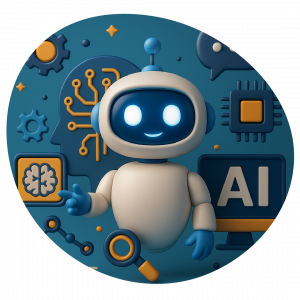Artificial Intelligence as Part of Our Daily Life
In the last decade, artificial intelligence (AI) has made tremendous progress, creating a significant impact across all sectors of society, from education and healthcare to the global economy. While the possibilities are exciting, there are also concerns about its responsible use, the ethics that should govern its development, and how we cite and use AI-generated products. This blog aims to explore the benefits and challenges of artificial intelligence, as well as provide recommendations on its responsible use and how to maintain ethics when implementing it in various environments.
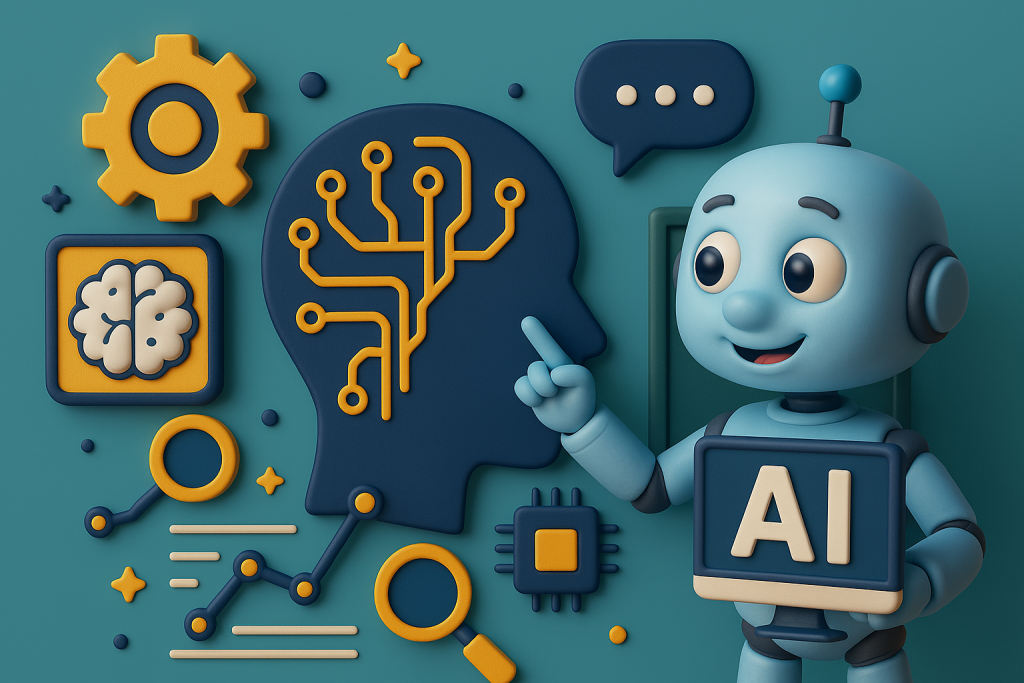
What is Artificial Intelligence?
Artificial intelligence is a branch of computer science that focuses on developing systems capable of performing tasks that typically require human intelligence. These systems are capable of learning, developing, making decisions, and taking actions autonomously.
Types of Artificial Intelligence
Narrow AI
(Weak AI)
Designed to perform specific tasks.
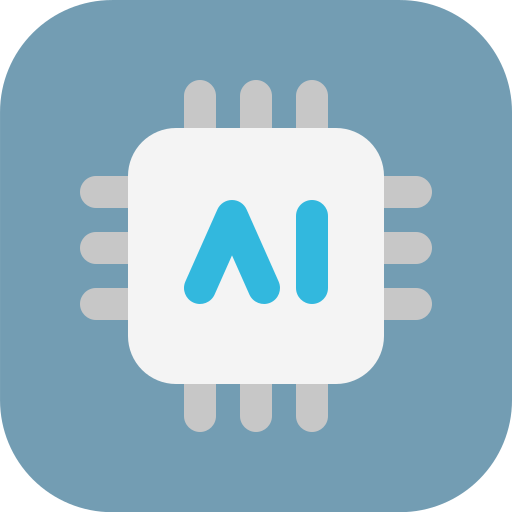
General AI
(Strong AI)
Capable of performing any human cognitive task.
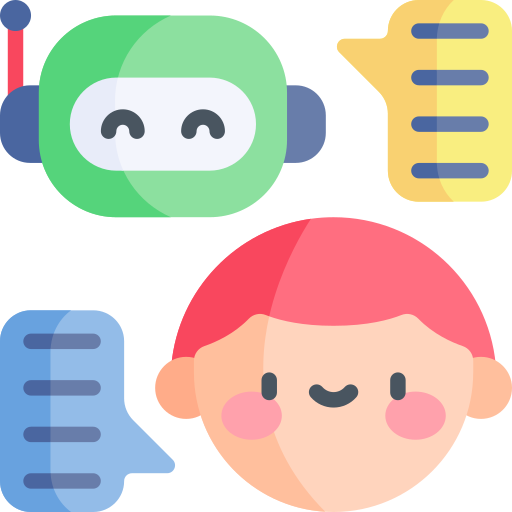
Superintelligent
AI
Goes beyond human capabilities.

Today, AI is already present in many of our daily activities, from virtual assistants like Siri and Alexa to systems that analyze data to predict trends in various industries. AI is transforming our lives and improving our efficiency in work and study.
Responsible Use of Artificial Intelligence
The responsible use of artificial intelligence involves ensuring that these tools are used ethically and for the benefit of humanity. Some guidelines for responsible use include:
Privacy and Data Protection: Ensuring that AI does not invade user privacy or misuse personal information.
Transparency: AI algorithms should be explainable and understandable to users.
Non-discrimination: AI should be designed to be inclusive and avoid biases that could discriminate against certain groups of people.
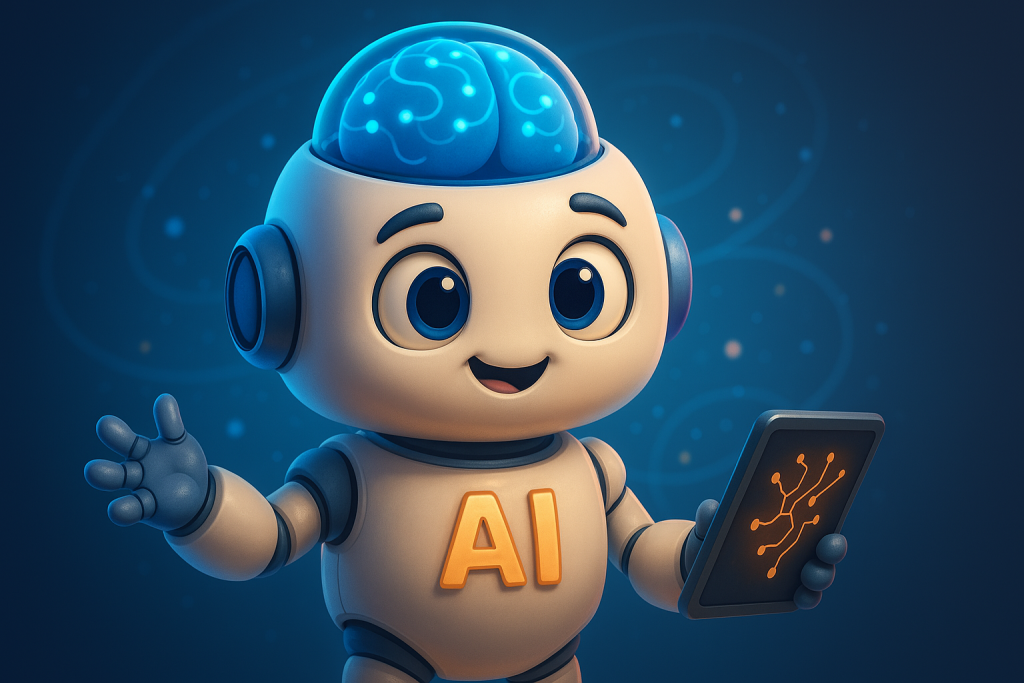
It is crucial that institutions and companies implementing AI adhere to these principles to maximize benefits and minimize risks.
Ethics in artificial intelligence is a central topic in the debate about its implementation. As AI takes on more functions, ethical questions multiply. Some of the most debated issues include:
Accountability: Who is responsible when an AI system makes a mistake?
Autonomous Decision-Making: How can we ensure that AI decisions do not negatively affect people?
Impact on Employment: AI-driven automation is displacing human jobs, and it is necessary to reflect on how to manage this ethically.
An ethical AI should be designed to act in accordance with human values and be constantly evaluated to ensure that it does not cause harm.
Advantages and Disadvantages of AI
When using AI, it is crucial to evaluate both the benefits and the risks that AI presents to ensure its responsible and equitable use in society.
The advantages of artificial intelligence are countless and are becoming evident in sectors such as healthcare, education, and technology. Some of the main advantages include:
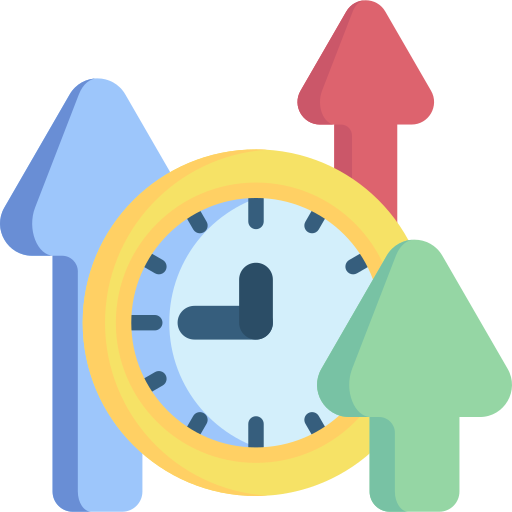
Improvement of Efficiency
ChatGPT Plus
AI can automate repetitive tasks, allowing humans to focus on more creative and strategic activities. In manufacturing, for example, intelligent robots can perform assembly tasks faster and with greater precision.
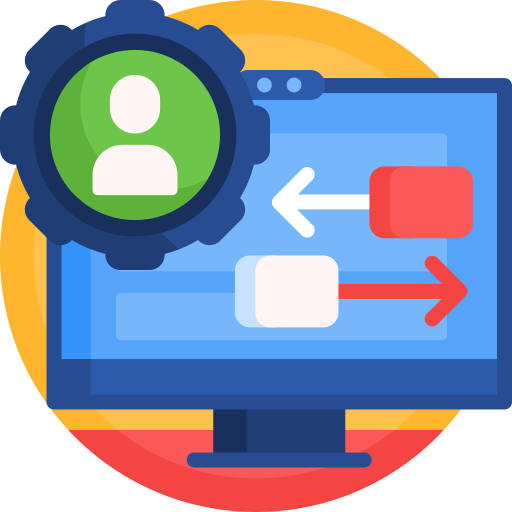
Customized Solutions
AI allows for the offering of personalized products and services. In healthcare, AI systems can analyze patient data and provide personalized treatments based on medical history.
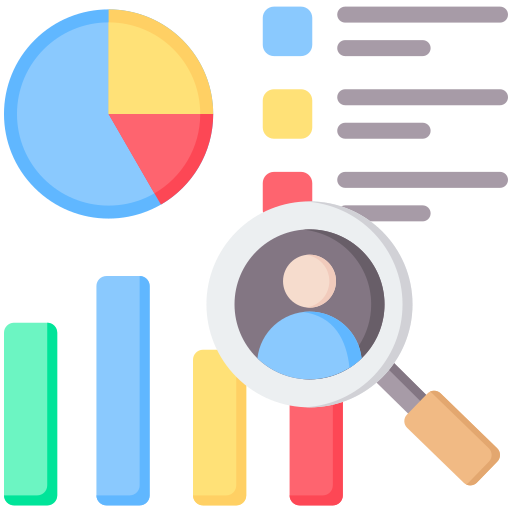
Advanced Analytical Capabilities
It can analyze large amounts of data in real-time, enabling faster, informed decision-making. In marketing, for example, AI can help businesses predict consumer behavior and optimize their strategies.

There are also disadvantages that we cannot overlook. As AI becomes more integrated into our daily lives, concerns arise about its impact on employment, data privacy, and security. Additionally, the growing dependence on this technology raises questions about human control and ethics in its application; these challenges require deep reflection and the creation of clear regulations to mitigate the risks associated with this technology. Some disadvantages of artificial intelligence are:

Security Risks
As AI becomes more integrated into society, the risk of cyberattacks and misuse of technology increases. AI systems can be vulnerable to hackers who manipulate algorithms and exploit security flaws.

Job Displacement
As mentioned earlier, AI-driven automation can replace human jobs. While it creates new opportunities, it can also lead to labor inequality if retraining processes are not properly managed.
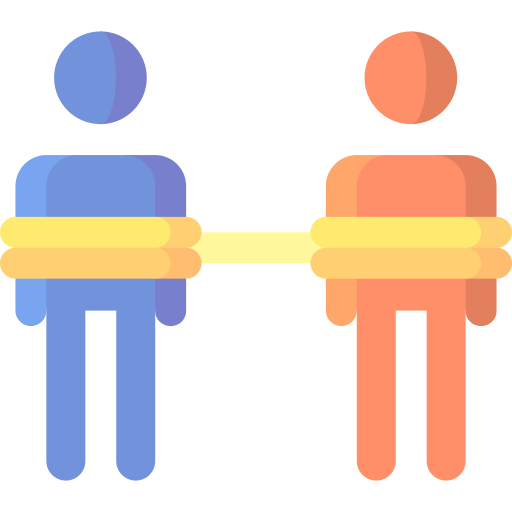
Excessive Dependence
Over time, excessive reliance on AI could diminish the human capacity to make autonomous decisions and solve problems creatively. Critical thinking may be affected by blind trust in machines.
Artificial Intelligence and Education
One of the main advances that AI is bringing to the educational field is the personalization of learning; each student has a unique pace, style, and learning needs. Historically, educators have struggled to provide personalized attention to each student due to the size of the groups and the diversity of levels. However, with the use of AI, it is possible to create adaptive learning systems that adjust the content according to the student’s performance. This ensures that each student receives material suitable for their level and can progress at their own pace.

In the classroom, artificial intelligence facilitates the use of interactive technologies, such as virtual tutors. These tutors can answer questions, guide students through complex problems, and offer personalized explanations. This is especially useful in subjects that require constant practice, such as mathematics or programming. Additionally, students can access these resources remotely, giving them the opportunity to learn anytime and from anywhere.
ChatGPT Plus
The impact of artificial intelligence in education is not limited to improving the experience of students and teachers only within the classroom; it also plays a key role in preparing for the digital future. By integrating AI into educational curricula, schools and universities are helping students develop the necessary skills to excel in an increasingly automated workforce. Students who learn to interact with these tools from an early age will be better prepared for the global job market, where digital skills are increasingly in demand.
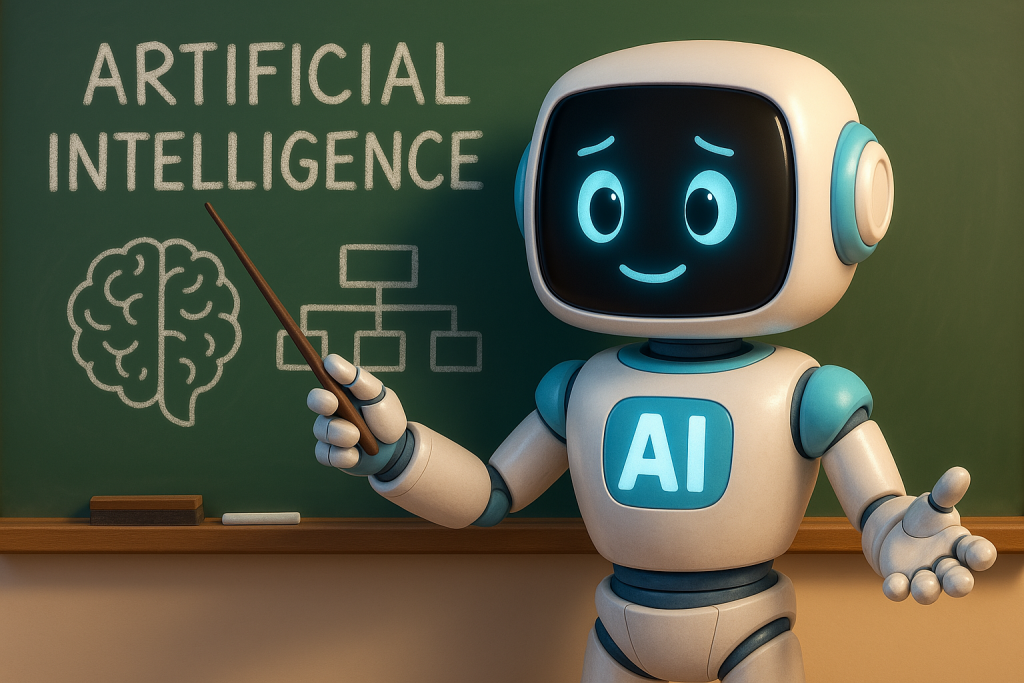
How to cite AI?
With the proliferation of tools and content generated by AI, it is important to know how to correctly cite artificial intelligence. Depending on the citation style (APA, MLA, Chicago, etc.), the way to cite will vary. However, some general principles include:
Cite the author and source: If the content was generated by a specific AI system, such as GPT-3 or any other, the name of the tool and the date of content creation should be included.
Ensure transparency: It should always be indicated that the content was generated by AI, especially when used in academic or professional work.
Artificial intelligence has arrived to stay and will forever change the way we live, work, and learn. It is our responsibility to ensure that its development and use are guided by ethical and responsible principles. In this way, we can harness the benefits of AI while minimizing its risks and challenges.
El futuro de la inteligencia artificial está en nuestras manos, ¿Cómo piensas que la IA transformará tu vida y tu trabajo?

